Long before Stephen King became the first name in horror that title belonged to author Edgar Allan Poe, who was not only a master of the macabre but also considered to be the inventor of the detective fiction genre, and like King, his stories have found their way onto the silver screen many times over and also like King, these adaptations often strayed far afield of the source material. Case in point Universal Pictures' 1932 production of Murders in the Rue Morgue, a film that can only be considered an adaptation of Poe’s short story if you were to close one eye and squint really hard.
How far would you go to find a mate for your talking ape? That question is the basic premise of Universal’s adaptation of Edgar Allan Poe’s Murders in the Rue Morgue, where a man running a carnival sideshow sends his trained ape out into the streets to abduct young women and then inject them with ape blood to create a mate for Erik, his talking ape. Those familiar with the original Poe short story will be left scratching their heads as none of this remotely happens in the Poe classic, which dealt with a sailor’s escaped orangutan that wandered into a woman’s apartment and when its arrival resulted in screams it panicked and killed the woman and her daughter, so yeah, there is nothing in that story about blood transfusions or talking apes and certainly no rooftop chase concluding with the hero having a showdown with the aforementioned ape.
“It wasn’t beauty that killed the beast, just her well-armed boyfriend?”
But we are getting ahead of ourselves, the movie opens with medical student Pierre Dupin (Leon Ames) and his beautiful fiancée Camille L'Espanaye (Sidney Fox) visiting a touring carnival, along with Dupin’s roommate Paul (Bert Roach) and his girlfriend, and they decide to take in a sideshow run by Dr. Mirakle (Bela Lugosi), a scientist who expounds on his theory of evolution, that mankind descended from the ape. The general public is not too keen on this bit of heresy but Dr. Mirakle's ape seems very interested in Camille, in fact, both Mirakle and his servant Janos (Noble Johnson) are enchanted by Camille, who Mirakle later plans as a mate for Erik. At an hour in length, Universal’s Murders in the Rue Morgue does run at a rather fast clip, with Mirakle abducting prostitutes and injecting them with Erik’s blood in some bizarre attempt at proving evolution as if he were on a deadline. It’s fair to say that these early depictions of science in the cinema were a bit dodgy, with electricity and the like being able to create wonders, that said, Mirakle’s plan makes little to no sense, "How is injecting an animal’s blood into a human body going to result in anything other than infection and death?"
He doesn’t even have the decency to have his lab located on a Bavarian mountaintop.
Poe’s short story was also the first example of the “Locked Room Mystery” with amateur detective Dupin deducing from the hair found at the scene that it would take someone, or something, incredibly agile and strong to make the climb and leap to that particular balcony window, but at this point in the movie Dupin already knows that there is an ape involved so there is no actual mystery to be solved and it’s only a matter of convincing the police to rush over to the secret lab of Dr. Mirakle, and this change basically undercuts the very fabric of the original tale. The only part of the mystery retained from Poe’s short story is that several witnesses give conflicting descriptions of what language the assailant was using – in the short story Dupin concludes they were not hearing a human voice at all – but here Dupin already knows who the guilty party is, so we just get him running around pointing out clues to the idiot gendarmes.
“Haven’t any of you read the book, this is ape hair!”
Stray Observations:
• The opening credits to this film state that it is “Based on the immortal classic by Edgar Allan Poe” but it should have said, “Based on the ravings of a writer who had heard of Edgar Allan Poe.”
• The film's opening credits use the same "Swan Lake" overture by Tchaikovsky as did Universal’s adaptation of Dracula, which also starred Bela Lugosi.
• We are told that this story takes place in Paris in 1845 but like most Hollywood productions of the time, not one person will even have so much as a hint of a French accent.
• Erik is supposed to be a gorilla but what we get is the standard "man in an ape suit" bit, and then to make matters worse there is the occasional close-up shot of its face where the filmmakers then used an actual chimpanzee.
• Dr. Mirakle has a disfigured assistant because what self-respecting mad scientist wouldn’t have his own Igor to help with the dirty work?
• Our villainous mad scientist binds his victims to a Saint Andrews Cross so that he can safely inject her with ape blood for his experiments, making him a little kinky as well as mad.
He has a nice laboratory/sex dungeon vibe going on here.
Edgar Allan Poe’s Dupin was an amateur detective who used analytical thinking and observation to solve a mystery, which Arthur Conan Doyle and Agatha absolutely “borrowed” when they created Sherlock Holmes and Hercule Poirot respectively, but the Dupin found in this film is far from the brilliant detective found in Poe’s stories as to be almost indistinguishable from the source material, he’s just a medical student who stumbles across the machinations of a mad scientist, no real deductive reasoning required, and while he is a proper 19th-century hero actor Leon Ames isn’t able to imbue the character with any real substance and comes across as rather dull and uninteresting, in fact, his comic relief roommate is the only other character other than Dr. Miracle that raises the script above the standard potboiler of the time.
The original Odd Couple.
Clearly, major changes to the story were added so that it could be a starring vehicle for Bela Lugosi and he does an excellent job as a mad scientist, a role he would return to again in 1934’s The Black Cat, and while only a few elements remain from Edgar Allan Poe’s original short story – an ape, a murder and a man named Dupin figuring out what’s going on being the only survivor elements – we can still appreciate what director Robert Florey was trying to accomplish here, hampered by studio interference and having twenty-minutes of his film cut by the censors which left the film at an almost anemic 60-minutes, which certainly didn't help. That all said, the Universal backlot never looked better and cinematographer Karl W. Freund created a very atmospheric 19th-century Paris and was able to imbue the proper mood for this type of tale. Overall, Universal’s Murders in the Rue Morgue is an odd little entry that had some solid elements to it, Lugosi clearly had a good time with his role but a goofy script and a truncated story stopped this one from reaching classic status.
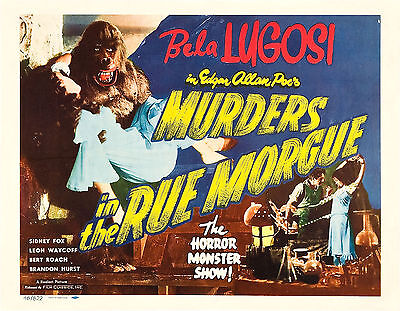
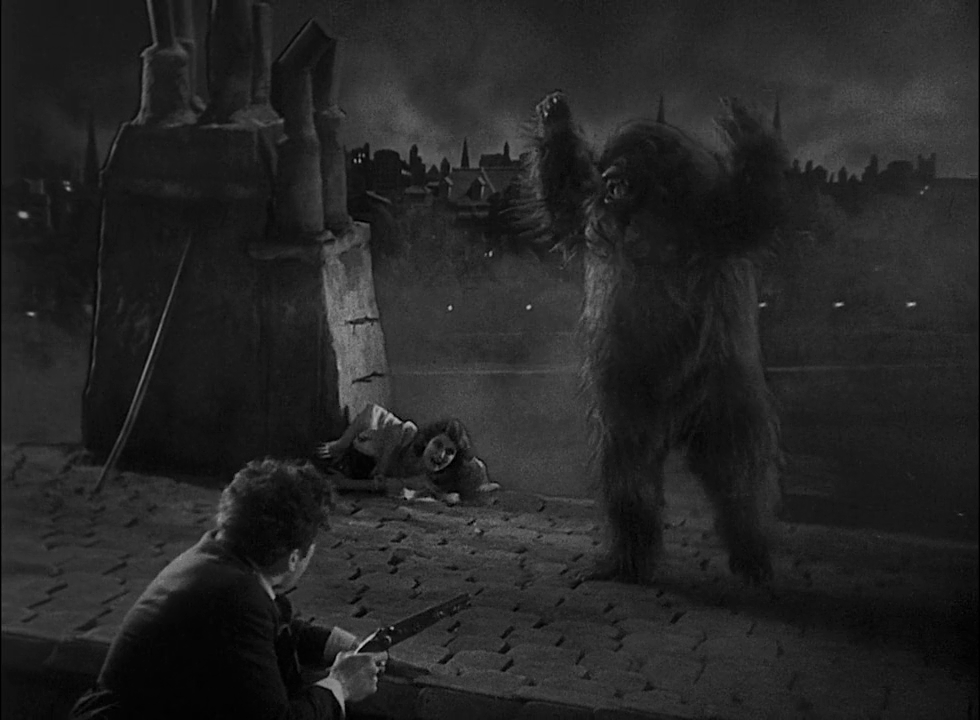
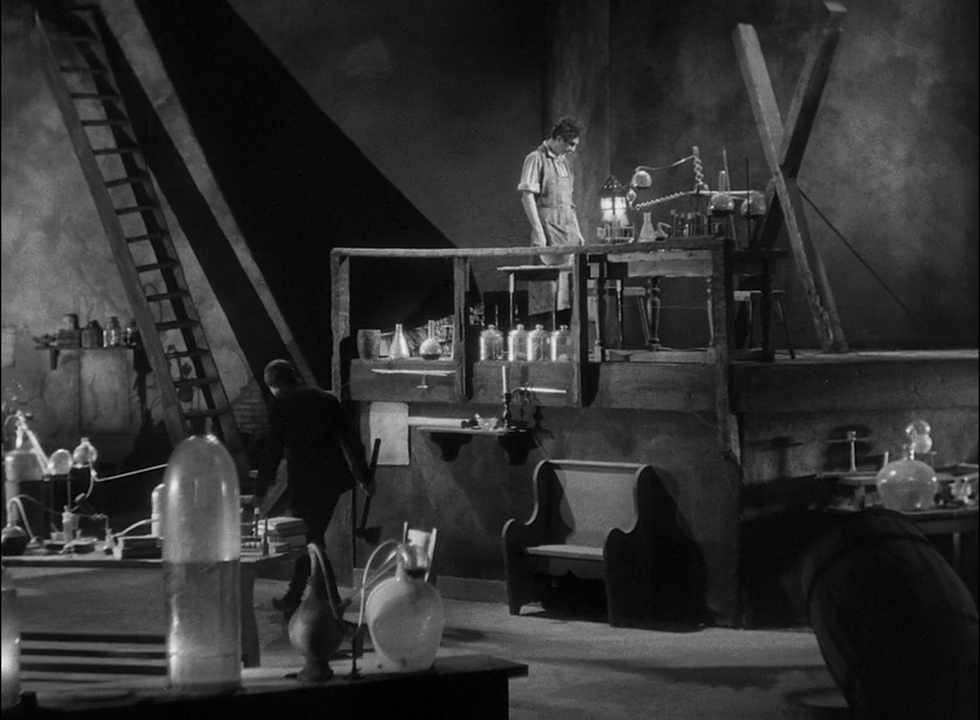
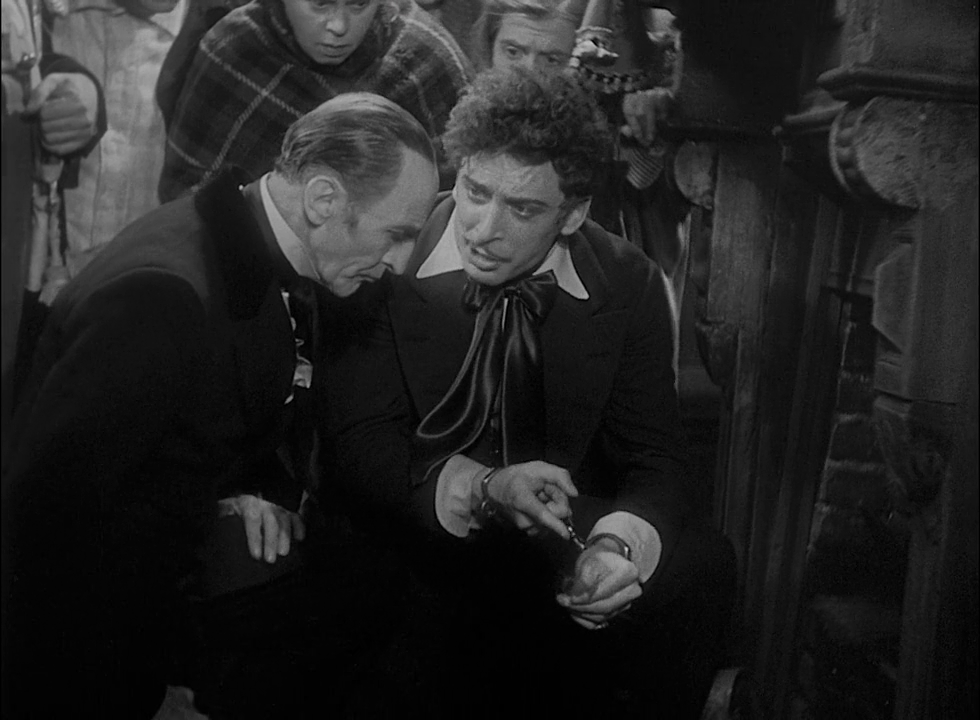
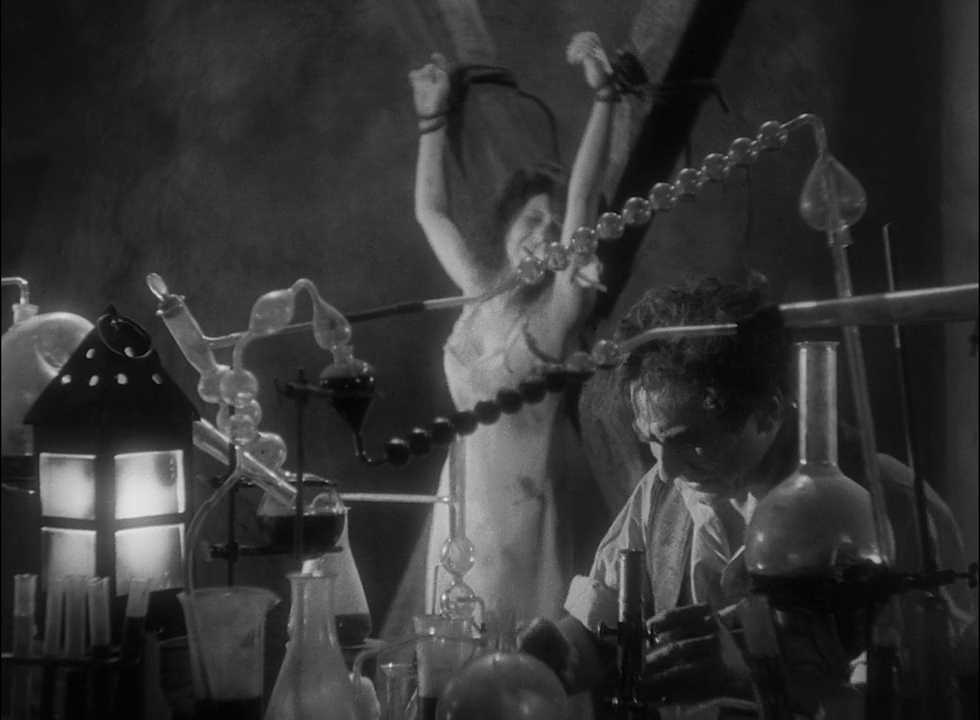
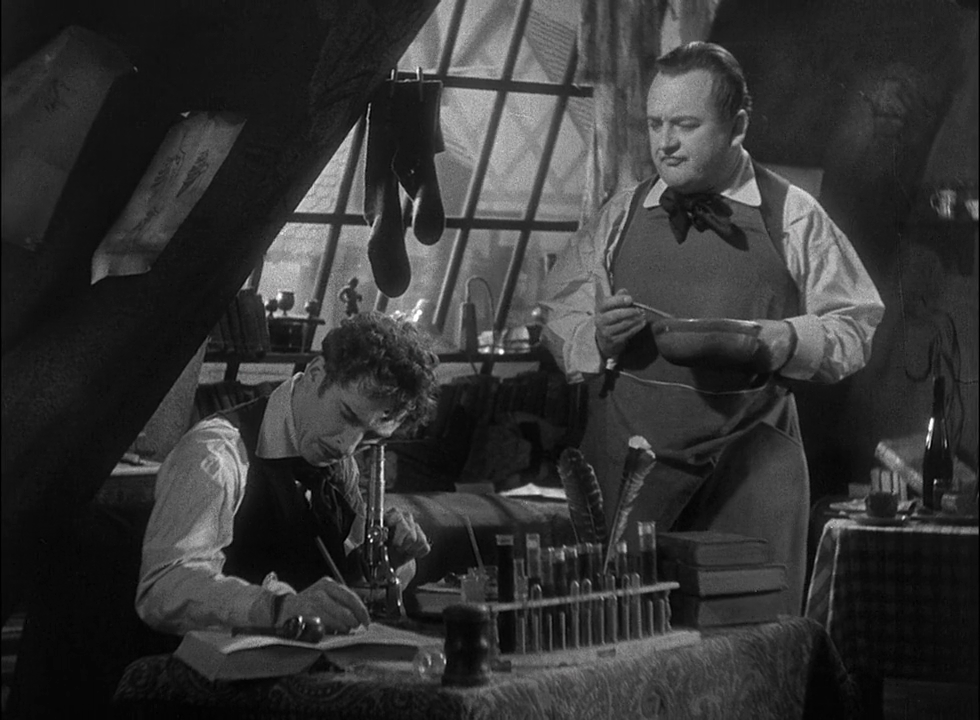

No comments:
Post a Comment